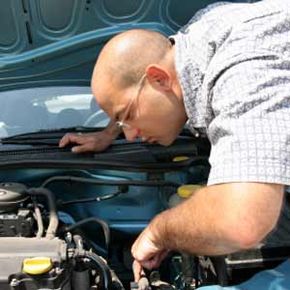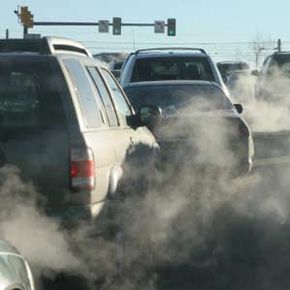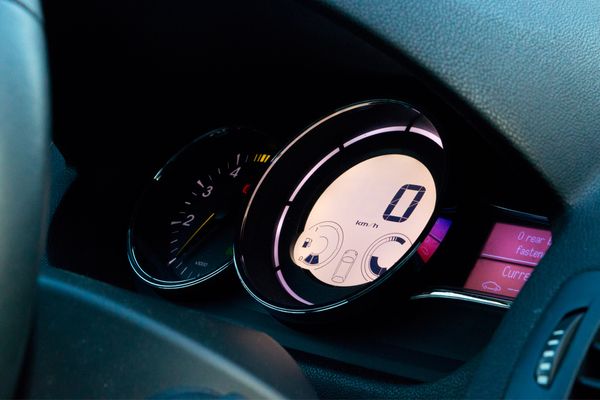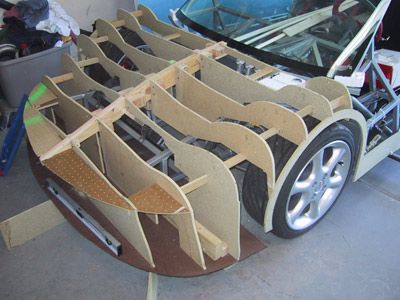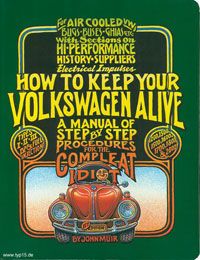Modern cars often feature cabin air filters. These useful automotive parts filter any air that's going to blow out the vents, so particles like dust, pollen and pollutants don't make it into the passenger compartment (at least when the windows are closed). Not to be confused with the air filters that keep contaminants out of the engine, cabin air filters protect your interior and are great for when you're driving during the height of allergy season or on a traffic-congested highway.
The first step to changing your car's cabin air filter is finding where it's located. The filter is readily accessible in most vehicles that sport them, but the location varies widely from model to model. In some cars, the cabin air filters are located under the hood, while in others they're under the dashboard or behind the glove compartment. The owner's instruction manual will usually tell you where it is, or you can ask a dealer or other automotive professional to point it out for you.
Advertisement
Once you know where the filter is located, you're ready to go. An auto parts store can steer you toward the correct replacement part for your vehicle's particular make and model. It usually only takes a couple of minutes to perform this little bit of automotive maintenance, so doing it yourself can save you money and spare you the hassle of having to kill time in a mechanic's drab waiting room, languishing next to a dusty gumball dispenser filled with petrified remains of candies of unidentifiable origins.
On the next page, we'll gear up and talk about some of the tools you may need to change your car's cabin air filter.
Advertisement


